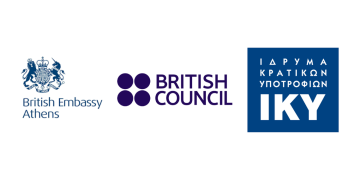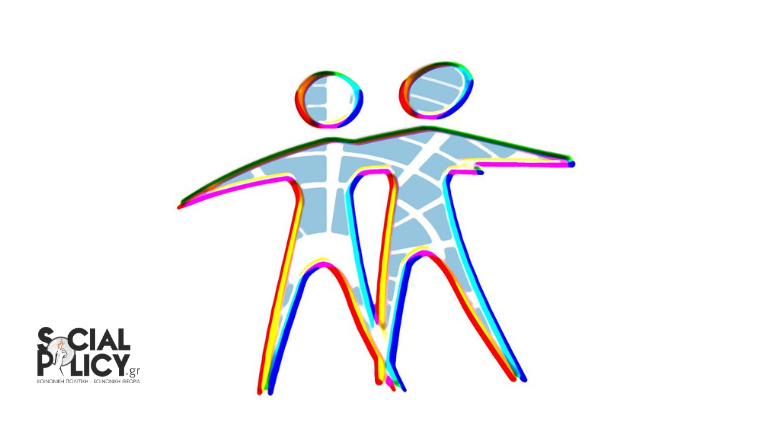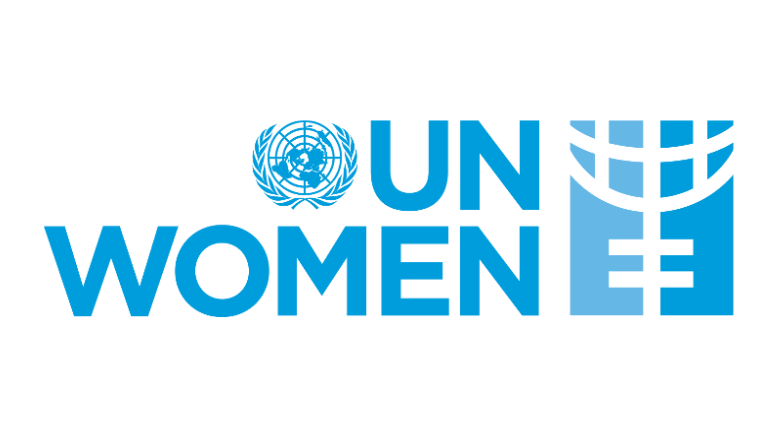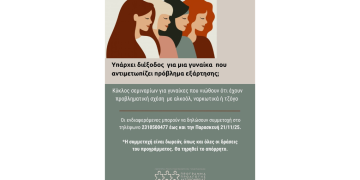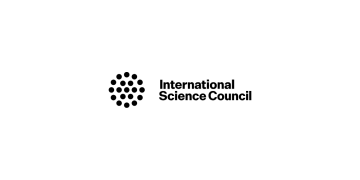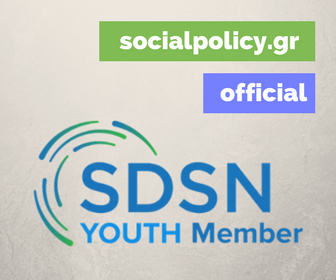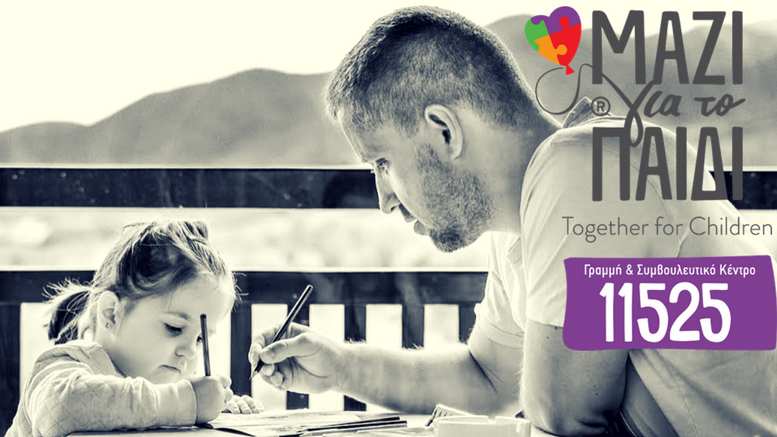The EPSCO Council adopted the 2017 Joint Employment Report (JER) on 3 March, including the Scoreboard of key employment and social indicators. The table below summarizes its main findings.

- The difference from the EU and the euro area averages (providing a snapshot of existing employment and social disparities);
- The yearly change (indicating the historical trend);
- The yearly change relative to the EU and euro area changes (indicating the dynamics of socio-economic convergence/divergence).
The Scoreboard allows for the early detection of key employment and social problems and for the assessment of convergence or divergence patterns across countries. Since 2016, their situation is analysed through a methodology agreed with Member States. It looks jointly at levels and changes of each indicator in comparison with the respective EU averages. Based on their performance, the Member States are classified in seven groups: best performers;better than average; good but to monitor; on average; weak but improving;to watch;and critical situations.
The Table above provides a summary of the analysis. Five Member States (Greece, Cyprus, Portugal, Spain and Italy) face a number of critical employment and social challenges, even though Cyprus, Portugal and Spain have seen significant improvements in recent years.
Five other Member States (Bulgaria, Croatia, Latvia, Lithuania and Romania) are flagged more than once for having “critical situations”, with varying degrees of severity in terms of their challenges. Some Member States (Austria, Slovakia, Finland, Estonia, France, Belgium, Ireland and Poland) face more specific challenges, usually in only one of the considered employment or social domains.
For more detail on the Scoreboard outcomes, see Annexes 1-3 of the Joint Employment Report. The methodology is explained in detail in Annex 4.
The views expressed in this article are those of the authors and do not necessarily reflect the views of the European Commission.
European Commission Employment, Social Affairs & Inclusion
Discover more from socialpolicy.gr
Subscribe to get the latest posts sent to your email.






